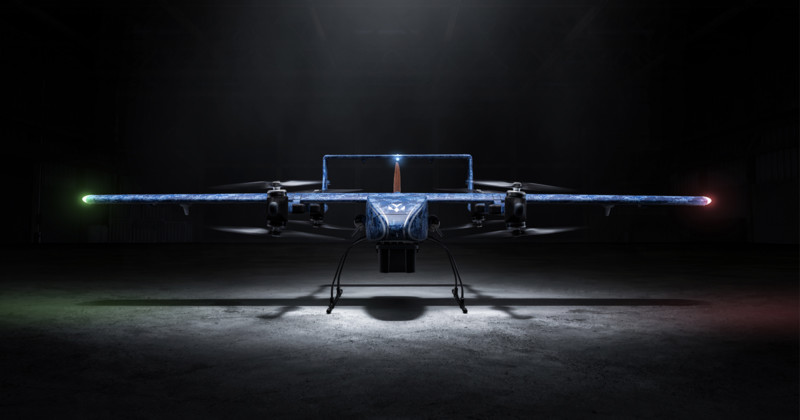
I review a lot of photography equipment and have for the last nearly 10 years. That means that I have had extended hands-on experience with basically every system out there, and though I may have mostly good things to say about the equipment everyone makes, I do of course have preferences.
Recently Planet Unicorn, the company in which I am proud to be a partner, produced one of our biggest projects yet with some of the most compelling challenges we’ve ever faced, all right before a global pandemic dramatically changed timelines and the ability to work as a team.
I don’t normally put a ton of emphasis on equipment when I talk about what makes a production successful, but in this specific case, I thought it would be worth looking at exactly how we shot this project, and why the equipment we chose was the best choice for the task.
The Project
Toby Harriman, my director at Planet Unicorn, is perhaps the hardest working, hustle hustle hustle, brilliant creative visionary I know. If there is one guy who can see the big picture and actually make it happen, it’s Toby.
He had been in conversation with a company called Volansi for some time regarding the production of content for their very cool delivery drones. He stayed on their radar for a while before they finally let him know that a new maritime-focused drone was coming out in 2020, and they wanted us to produce the launch content. Called the VOLY M20, it would nearly double the size of their next largest drone, and take up a footprint about the size of two Mini Coopers side by side.
Being a huge aerial enthusiast (we actually have a whole division dedicated to drone and helicopter work called PEGAIR), Toby was immediately excited and came up with some really great ideas right off the bat on how we would portray the drone in both photos and video.
Volansi is well funded, but still a start-up. As awesome as their product is and as successful as we expect it to be, we didn’t have a huge budget to work with to meet their requests.
Here are some of the challenges we had to address:
- We would only have the drone for one day – ten hours to be exact. The shoot took place well before the planned launch, and the only photographable prototype was also one of their test units. It could only be spared away from their facility for one Saturday.
- We could not fly the M20, so many of the initial ideas we had for capturing it were tabled. Given the budget, time and circumstances, we decided to shoot the drone in a studio.
- As mentioned, we needed both photos and video. Most of you should already be raising an eyebrow here, as you know these disciplines usually require two distinctly different kinds of lighting.
- We all wanted the propellers to be spinning for many of the shots, but we also were in a pretty enclosed space. We had to be prepared to take special precautions to assure the entire crew’s safety.
After crunching the numbers and figuring out what we needed, we decided we would just be able to meet Toby’s vision as well as the client’s expectations with just a day and a half of studio time.
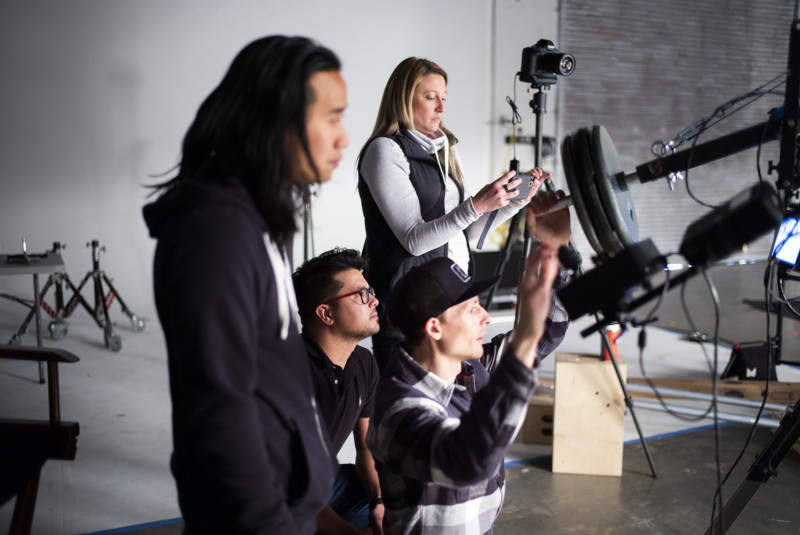
After spending some time with the client, Toby storyboarded every shot he wanted to get video and the client provided a list of shots they wanted to be captured as stills. When all was said and done, we were looking at 30+ different video moves and multiple different angles we wanted to have in both photo and video, all needing to fit in one 10 hour day. We would use the additional half-day, six hours, the day before the Voly M20 was set to arrive in the studio to pre-light and set up, maximizing the number of hours we would have to shoot the drone the next day.
The Shoot and the Equipment
The sheer size of the drone was perhaps the biggest obstacle. In addition to needing a studio large enough to cleanly photograph the drone, we also needed enough lights to properly illuminate the space. On top of that, we needed to select lighting that would work both for photos and videos. Because video is involved, obviously we had to go with constant lights. The trick was making those constant lights work in stills.
In video, it’s ok to be more open on your aperture. Background separation is actually a benefit for dramatic focus pulls, for example, but it’s not a good idea for product photography. We wanted to be closed down to at least f/12 for any of the wide-angle shots, and more like f/16 for anything using a telephoto. What’s enough light at f/4, 1/60th of a second, and ISO 400 is clearly underpowered for f/12 or f/16.
Since we did not have enough time to change out the lights in the overhead light bank and also the complications of moving the drone back and forth for multiple shots was an additional waste of time we did not have, we wanted to shoot all needed photos and video clips for each angle before moving on to the next angle by doing as little change to the studio setup as possible.
As you can probably guess, we decided the best course of action was to drag the shutter for all our product photos. Dragging the shutter also had the unique advantage of allowing us to capture the drone rotor rotation in-studio, rather than having to create the effect in post. That saved us time, and time is money.
We also chose to use the same camera system for both our video and photo angles so that anything we captured in video, we could mimic in stills with little to no changes on our end. That’s why we shot the entire project on three Panasonic S cameras: the S1, the S1H, and the S1R.
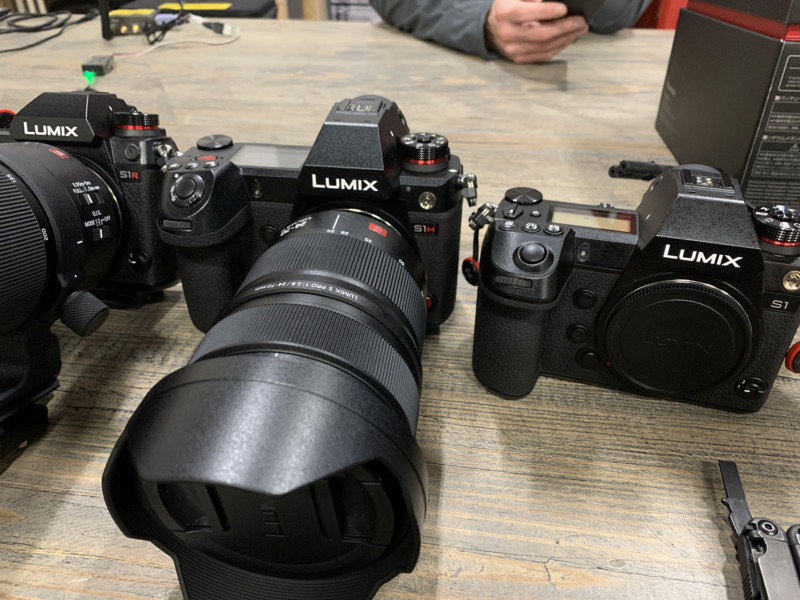
We would take advantage of our camera system’s extremely good IBIS as well as tethering to make sure that even dragging for a couple of seconds would result in tack sharp images.
The S1H was our main video camera, and spent most of its time either on a tripod or attached to a crane.
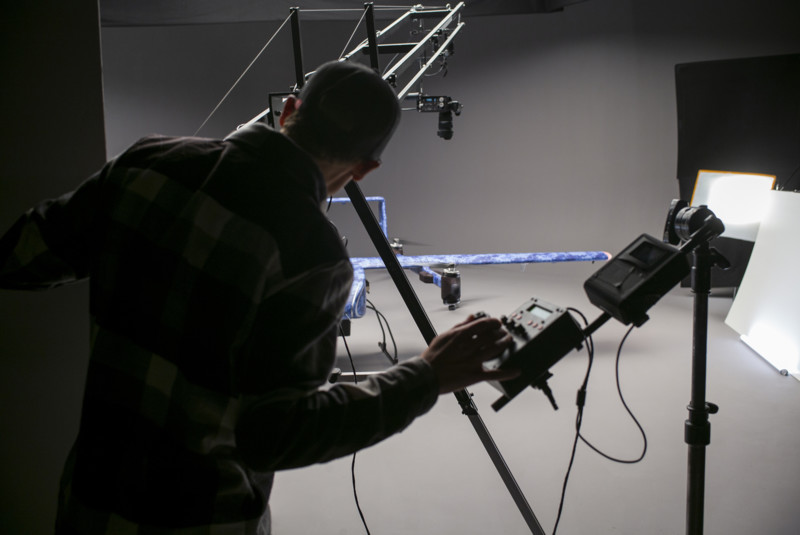
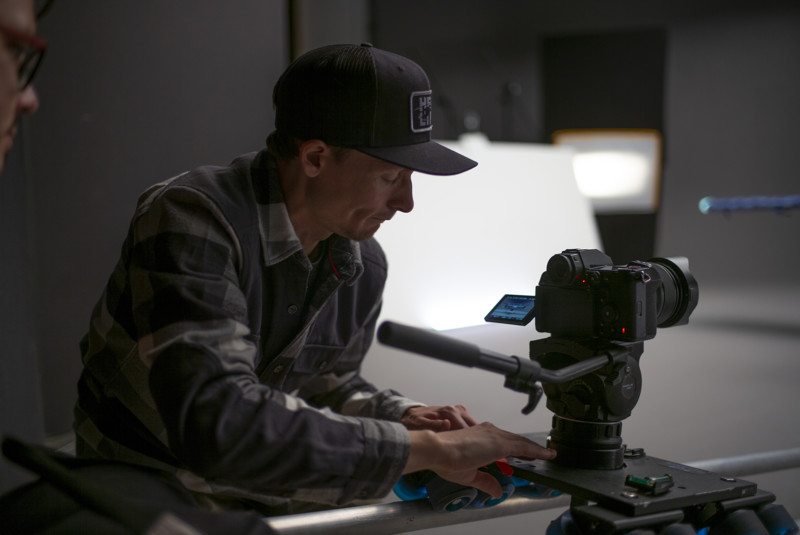
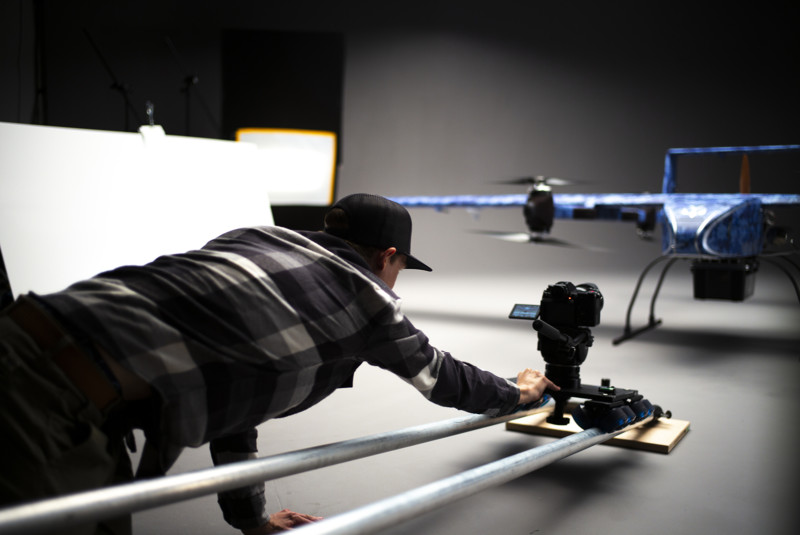
The S1 was the second video camera that we used for detail shots. It also acted as our backup camera in case of any failures. The S1R was, as you would expect, our stills-focused camera.
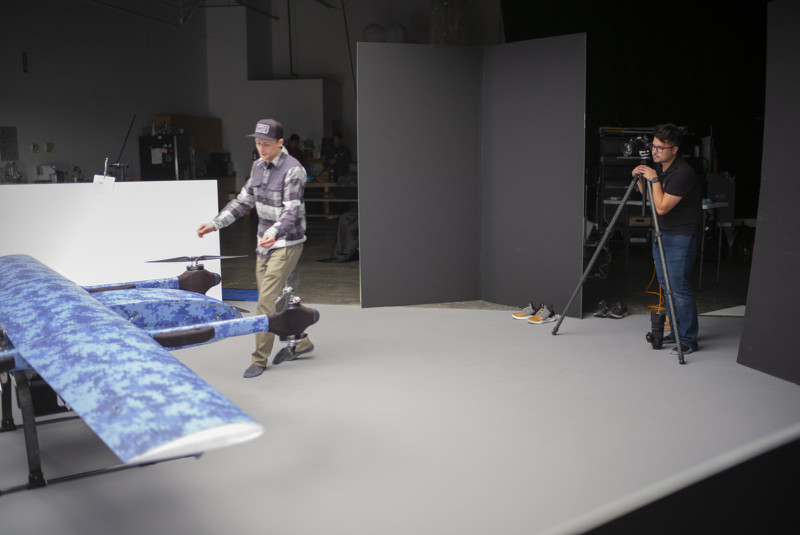
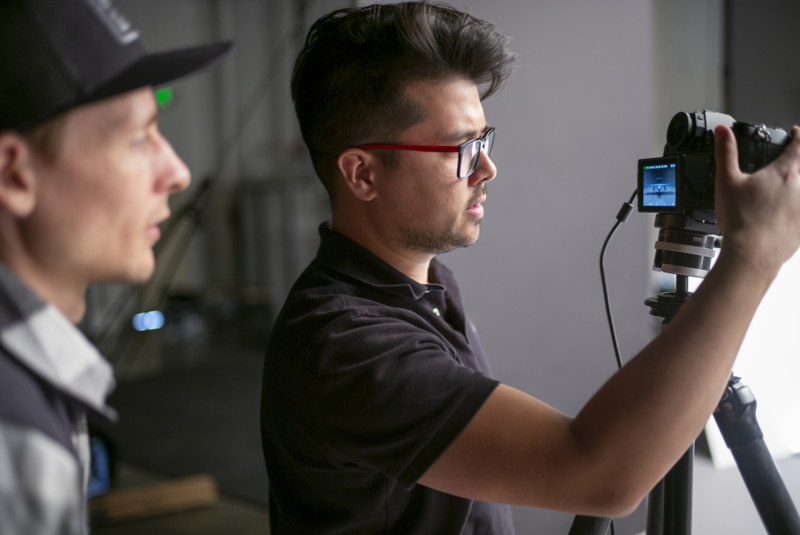
With these three cameras, we rotated among just three lenses: the 24-70mm f/2.8, the 24-105mm f/4, and the new 70-200mm f/2.8. If we liked how a still was coming out from a particular angle with one of those lenses, we just swapped the body to the S1H and got the exact frame we liked with the exact lighting we liked on the S1R, but in video. The same went vice versa with looking at video clips on the S1H and swapping in the S1R should we want that.
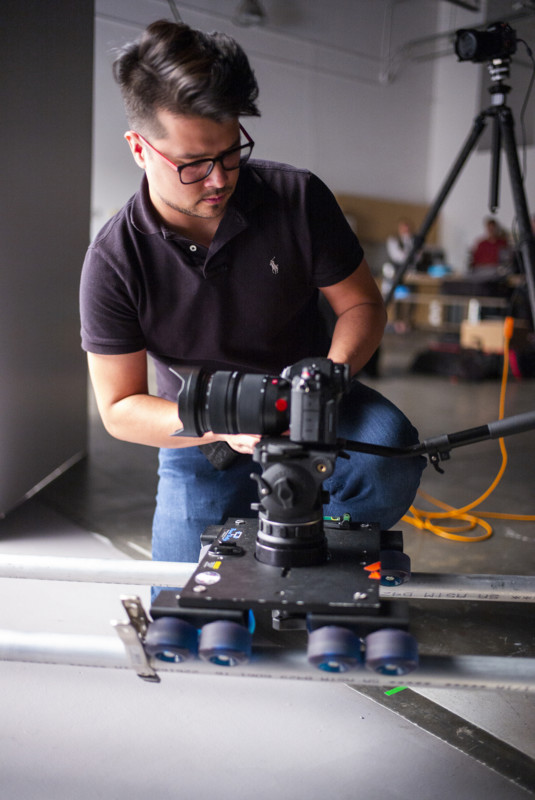
Rather than pull out our highest-end camera equipment like a Red, Arri or Panasonic EVA1, we chose our smaller, just-as-capable cameras for a project we knew wouldn’t need to exceed 4K (honestly, few if any ever do) or demand higher frame rates, but were flexible enough to expand to those needs if we found ourselves with a last-minute change or ask. Our mantra for any shoot is that you want to plan for what you think need, but come prepared to exceed.
The S cameras provide excellent bit depth and video quality without going so far as having to shoot RAW to get there. Shooting RAW video wasn’t a good choice for this project, as it would dramatically increase the post-production budget. Additionally, the full-frame nature of the Panasonic systems meant that we were less stressed about the cramped space we were working in with a product with such a huge footprint. This method allowed us to produce high-end final products without increasing our crew size and budgets that rigging, using, and editing on any of those high-end cinema cameras would have required.
We got all that, plus the ability to plug and play video and photo cameras wherever we wanted and could get identical angles for both mediums.
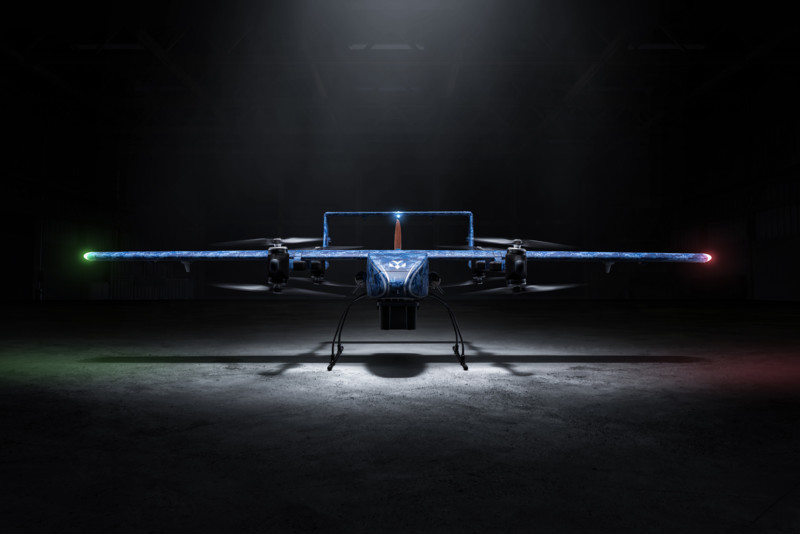
The photos that the S1R produces leave nothing to be desired in our opinion. The quality of the image is outstanding, and the dynamic range was hugely helpful to our retouching team to help craft a beautiful set of finished images. We were especially pleased with the quality of both the 70-200mm f/2.8 and the 24-70mm f/2.8. I’ve praised both lenses on PetaPixel in the past, but this shoot really put the quality on display.
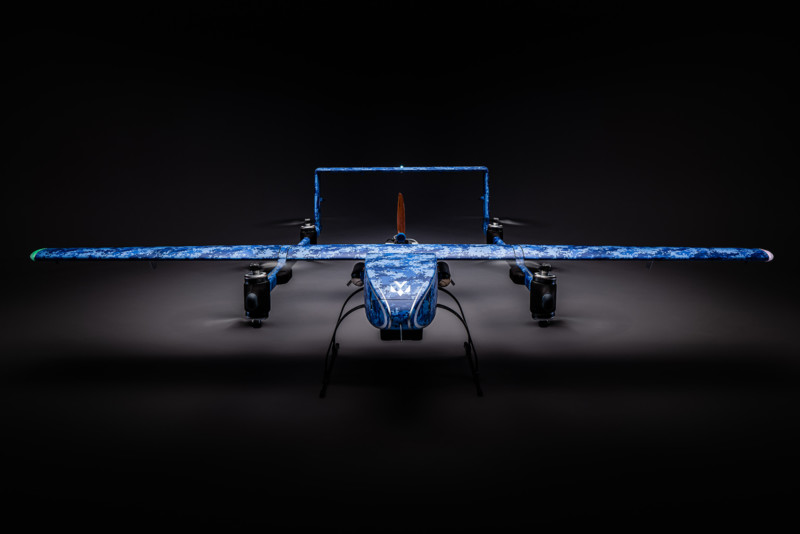
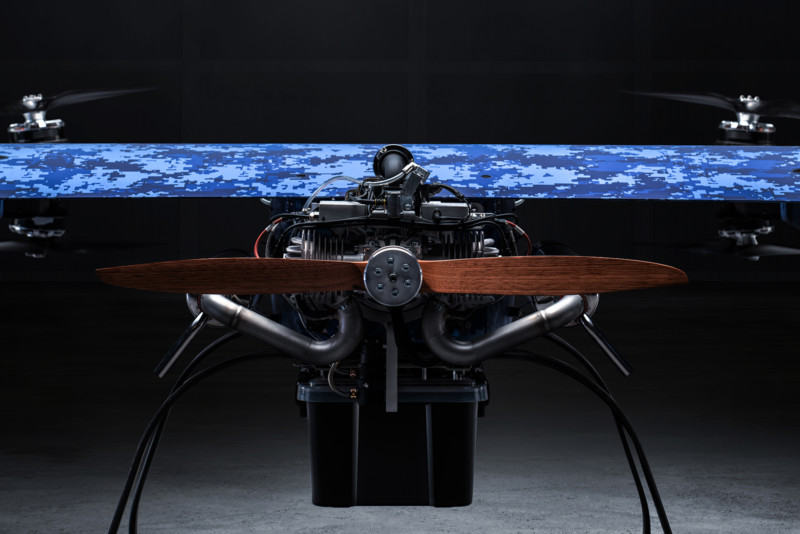

Both the S1 and S1H can capture high-quality 4K video in V-Log, and the S1R’s high megapixel, photos-focused sensor was exactly what we needed for commercial stills. The entire system together completely covered our bases in a way that no other camera ecosystem at the time was able to do. It is still to this day the only complete system on the market that allows for this kind of modular flexibility with the number of body and lens options to satisfy our production company’s needs.
I can say with confidence that even though there are other options in the hybrid space, no other system is as complete or as accomplished in both video and still capture as this one. It’s why we’ve invested in it, and why we trusted it here.
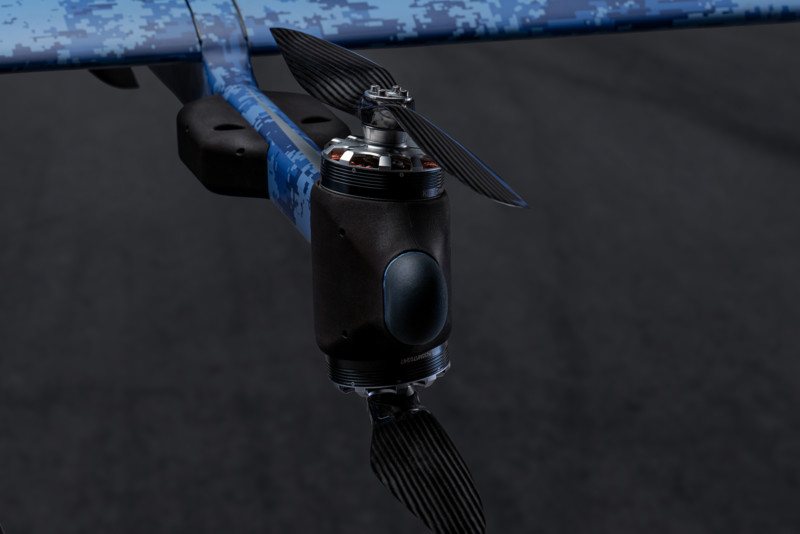
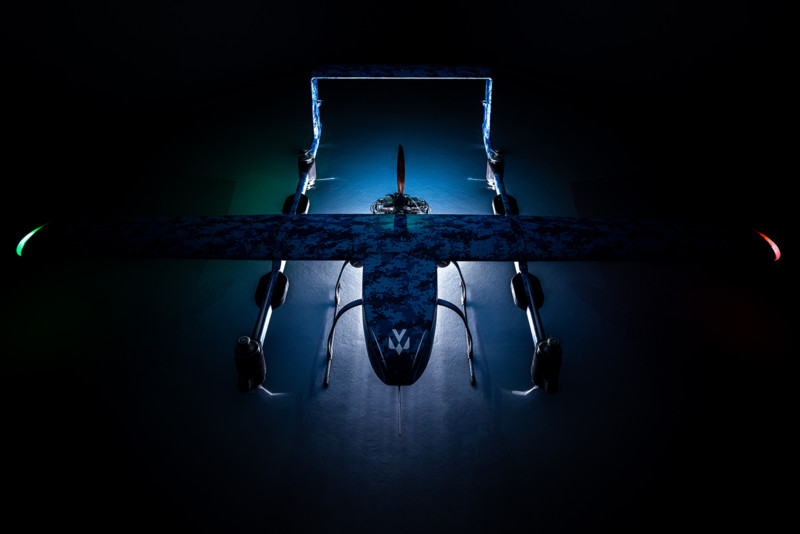
Of course, it might be argued that any of the high-end hybrid cameras could have worked here… but we would respond that they are not to our standards. Some restrict bit depth or bitrate, some force a crop in higher resolution shooting modes, some only produce video to our quality standards when shooting in RAW, and others have finicky firmware that we weren’t willing to risk breaking on us while on a shoot with limited time. I recognize what is best for us isn’t necessarily best for you, but this story is about what we actually use on set and the reasons we picked it. Hopefully, this helps you in your future endeavors.
We cannot emphasize this enough: staying lean, mobile, and modular is far more important than using the trendy, highest-end gear you can find. If you’re under tough time constraints like we were, it is always preferable to go with a system that won’t add to your workload or stress. It’s why we are constantly grateful for new and emerging camera technologies to introduce more high-end features into more affordable, mobile, and compact cameras. It lets us make better products without sacrificing anything. If you understand our end-use cases and this mentality, it should color why I pay attention to certain product details in my reviews.
In the end, we captured everything on the storyboard in both photo and video by the end of that single studio day, and as the client packed up the drone to take back to their testing facility, there were nothing but high fives and smiling faces. We used multiple monitors and shot tethered the entire day so the client could see what we were doing, how we were doing it, and make suggestions on the fly that we could adapt to.
Our goal is always to get great footage, but it’s also to make sure our clients are getting exactly what they want.